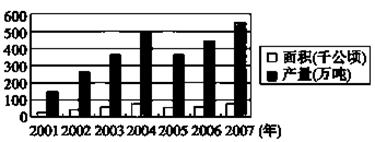Passage One
The world is going through the biggest wave of mergers and acquisitions ever witnessed. The process sweeps from hyperactive America to Europe and reaches the emerging countries with unsurpassed might. Many in these countries are looking at this process and worrying: "Won’t the wave of business concentration turn into an uncontrollable anti-competitive force"
There’s no question that the big are getting bigger and more powerful. Multinational corporations accounted for less than 20% of international trade in 1982. Today the figure is more than 25% and growing rapidly. International affiliates account for a fast-growing segment of production in economies that open up and welcome foreign investment. In Argentina, for instance, after the reforms of the early 1990s, multinationals went from 43% to almost 70% of the industrial production of the 200 largest firms. This phenomenon has created serious concerns over the role of smaller economic firms, of national businessmen and over the ultimate stability, of the world economy.
I believe that the most important forces behind the massive M&A wave are the same that underlie the globalization process: falling transportation, and communication costs, lower trade and investment barriers and enlarged markets that require enlarged operations capable, of meeting customers’ demands. All these are beneficial, not detrimental to consumers. As productivity grows, the world’s wealth increases.
Examples of benefits or costs of the current concentration wave are scanty. Yet it is hard to imagine that the merge of a few oil firms today could recreate the same threats to competition that were feared nearly a century ago in the U.S., when the Standard Oil trust was broken up. The mergers of telecom companies, such as World Corn, hardly seem to bring higher prices for consumers or a reduction in the pace of technical progress. On the contrary, the price of communications is coming down fast. In cars, too, concentration is increasing—witness Daimler and Chrysler, Renault and Nissan—but it does not appear that consumers am being hurt.
Yet the fact remains that the merger movement must be watched. A few weeks ago, Alan Greenspan warned against the megamergers in the banking industry. Who is going to supervise, regulate and operate, as lender of last resort with the gigantic banks that are being created Won’t multinationals shift production from one place to another when a nation gets too strict about infringements to fair corn petition And should one country take upon itself the role of "defending competition" on issues that affect many other nations, as in the U. S..
According to the author, one of the driving forces behind M&A wave is ().
A.the greater customers’ demands
B.a surplus supply for the market
C.growing productivity
D.the increase of the world’s wealth

